Ever wonder why that scrape, surgery scar, or acne mark just won’t fade? It’s easy to get frustrated when healing feels slow. But here’s the truth: your body’s repair process is incredibly smart—it just takes time and support.
Let’s break down the four stages of wound healing, so you know exactly what’s going on under the surface. More importantly, you’ll learn how Rejûvaskin’s gentle, science-backed skincare supports your skin at each step—from bleeding to scar smoothing.
Stage 1: Hemostasis — Your Body Hits the Brakes
The moment your skin is injured, your blood vessels tighten and platelets rush in to form a clot. This stops the bleeding and sets the stage for healing (Schultz et al., 2011).
This is nature’s emergency response: seal the wound and protect against infection.
How to help:
Use Rejûvaskin Skin Recovery Cream to create a breathable, moisture-rich environment that won’t interfere with clotting. It’s fragrance-free and gentle on sensitive skin—so your body can focus on healing.
Stage 2: Inflammation — Your Skin’s Defense Mode
Redness, swelling, maybe even warmth? That’s inflammation—and it’s essential. White blood cells clear out bacteria and damaged tissue so healthy cells can move in (Wallace et al., 2019).
How to help:
Soothing ingredients like calendula and bisabolol in our Skin Recovery Cream calm the skin without shutting down the immune response. Hydration and barrier support are key—especially if the wound starts to itch.
Stage 3: Proliferation — Rebuilding Begins
Now the repair crew gets busy. Fibroblasts produce collagen, tiny blood vessels form, and new skin cells begin to cover the wound (Schultz et al., 2011). This phase can last several days to weeks, depending on the wound.
How to help:
Use Rejûvaskin Silicone Scar Sheets to protect fragile new skin and maintain optimal hydration—two key ingredients for minimizing future scarring. Continue with Skin Recovery Cream for its ceramides and niacinamide, which support collagen and cell turnover.
Stage 4: Remodeling — Strengthening the Skin
This final phase can last months—even up to a year. Collagen realigns and strengthens, and the wound becomes less visible. But the new skin will never be quite as strong as before (Guo & DiPietro, 2010).
How to help:
Daily use of silicone scar therapy keeps the healing environment consistent. Our products are clinically supported to reduce discoloration, flatten raised scars, and make them less noticeable over time.
Is My Wound Healing Normally?
Here’s what healthy healing looks like:
-
Redness and swelling decrease after a few days
-
Itchiness signals new skin growth
-
The wound gradually closes and flattens
Signs something’s wrong:
-
Pain that worsens instead of improves
-
Thick, yellow or green discharge
-
A wound that stays inflamed for more than a week
If you’re seeing any of these signs, don’t hesitate to contact a healthcare provider.
Why Rejûvaskin? Because Your Skin Deserves Smart Healing
We know healing isn’t just about skin—it’s about confidence, comfort, and feeling like yourself again.
That’s why Rejûvaskin focuses on:
-
Non-irritating ingredients tested for sensitive skin
-
Barrier-repair support using ceramides and plant-based oils
-
Medical-grade silicone therapy proven to minimize scar formation
Whether it’s a C-section scar, a cosmetic procedure, or an acne mark—we’re here to support your healing journey, every step of the way.
Works Cited
-
Guo, S., & DiPietro, L. (2010). Factors Affecting Wound Healing. Journal of Dental Research, 89, 219–229. Link
-
Schultz, G., Chin, G., Moldawer, L., & Diegelmann, R. (2011). Principles of wound healing. Link
-
Wallace, H., Bhimji, S., Toney-Butler, T. J., & Swearingen, S. (2019). Wound Healing Phases. Link
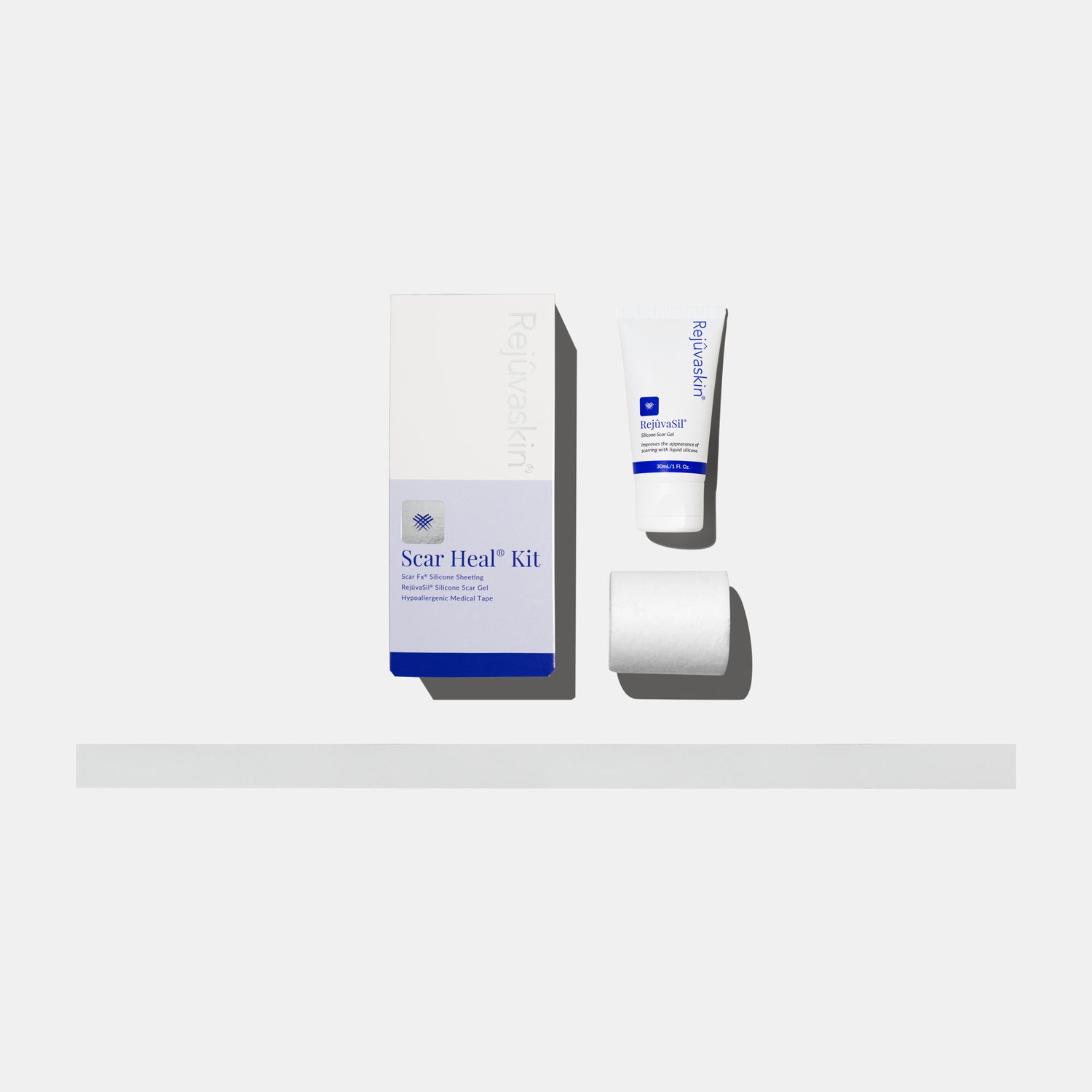


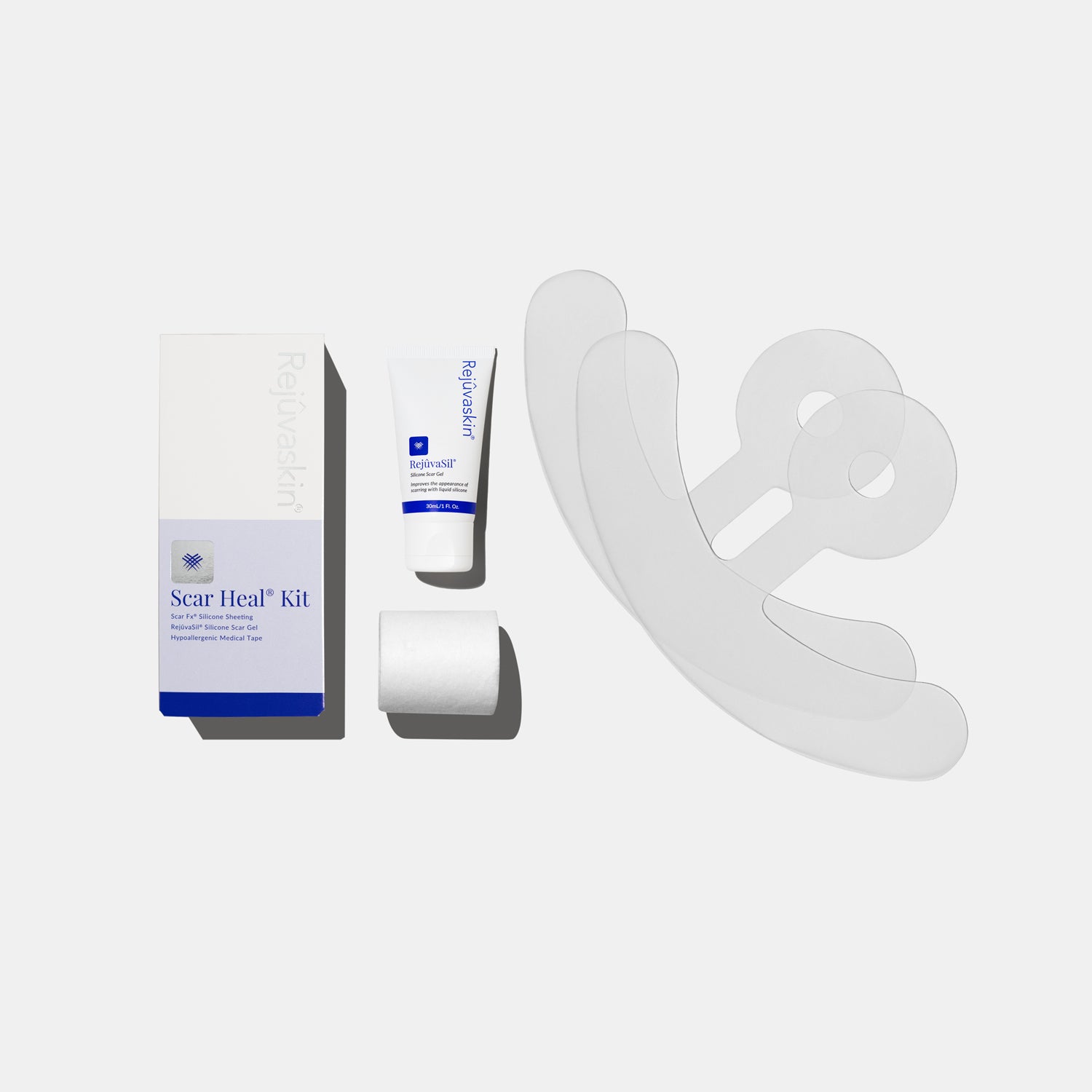
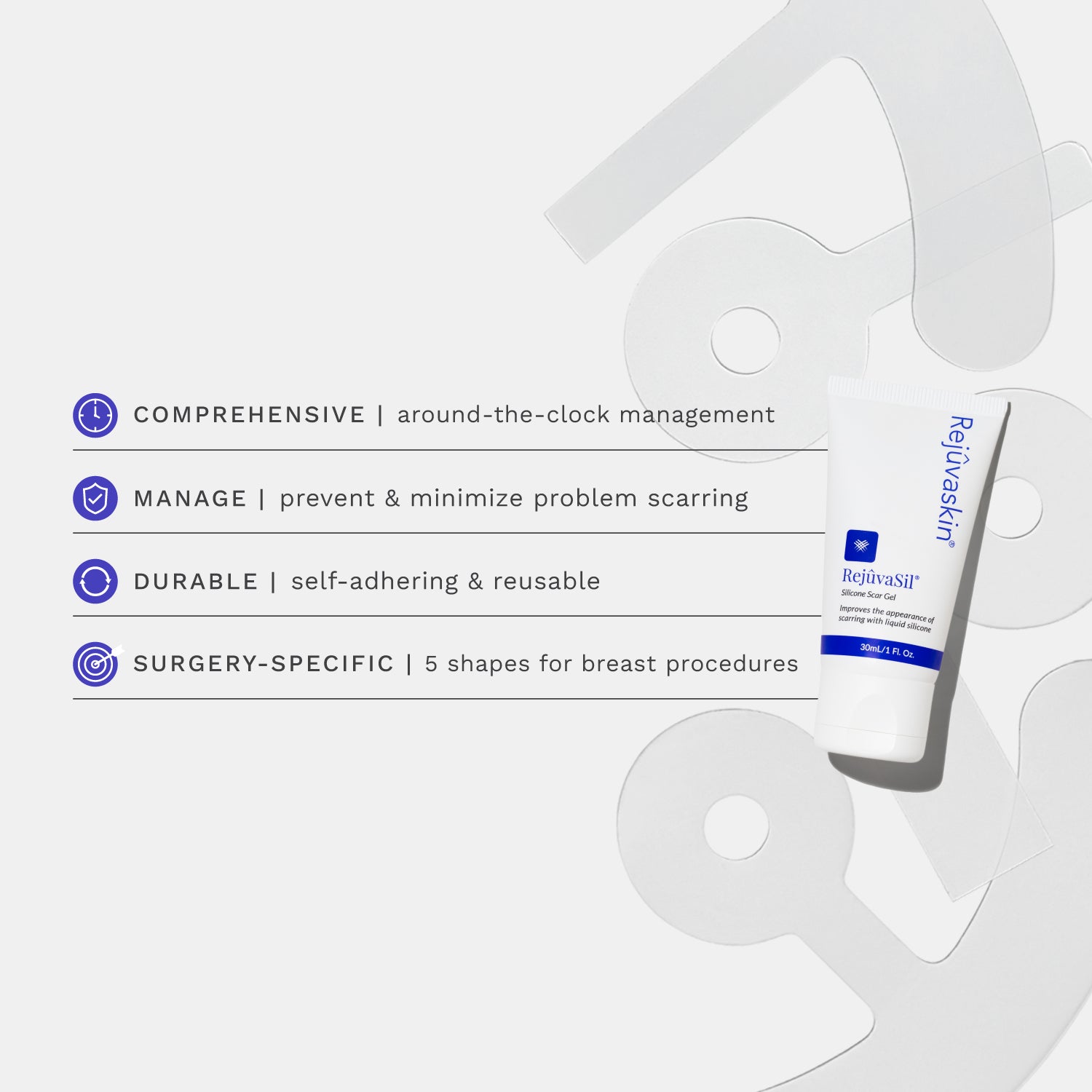
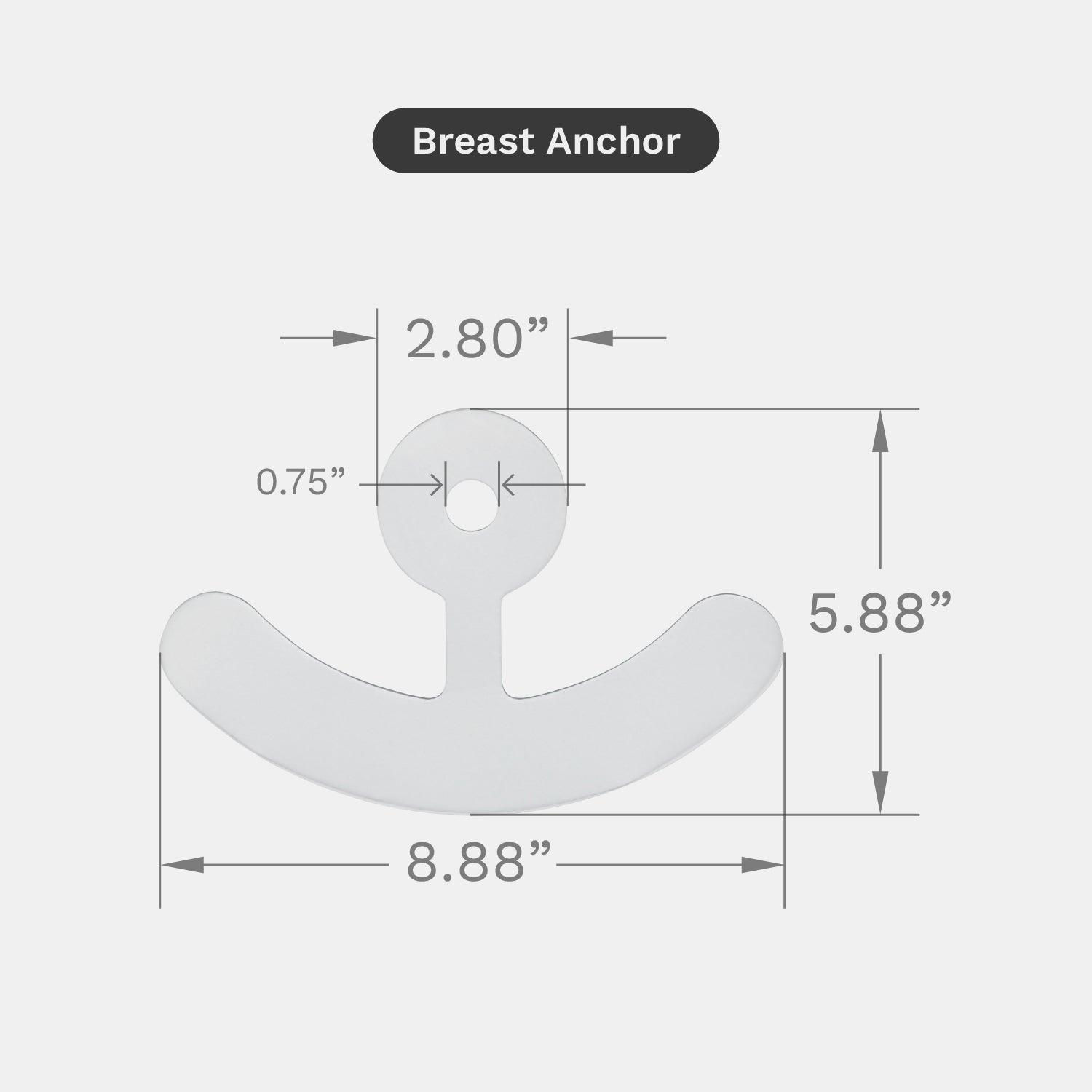
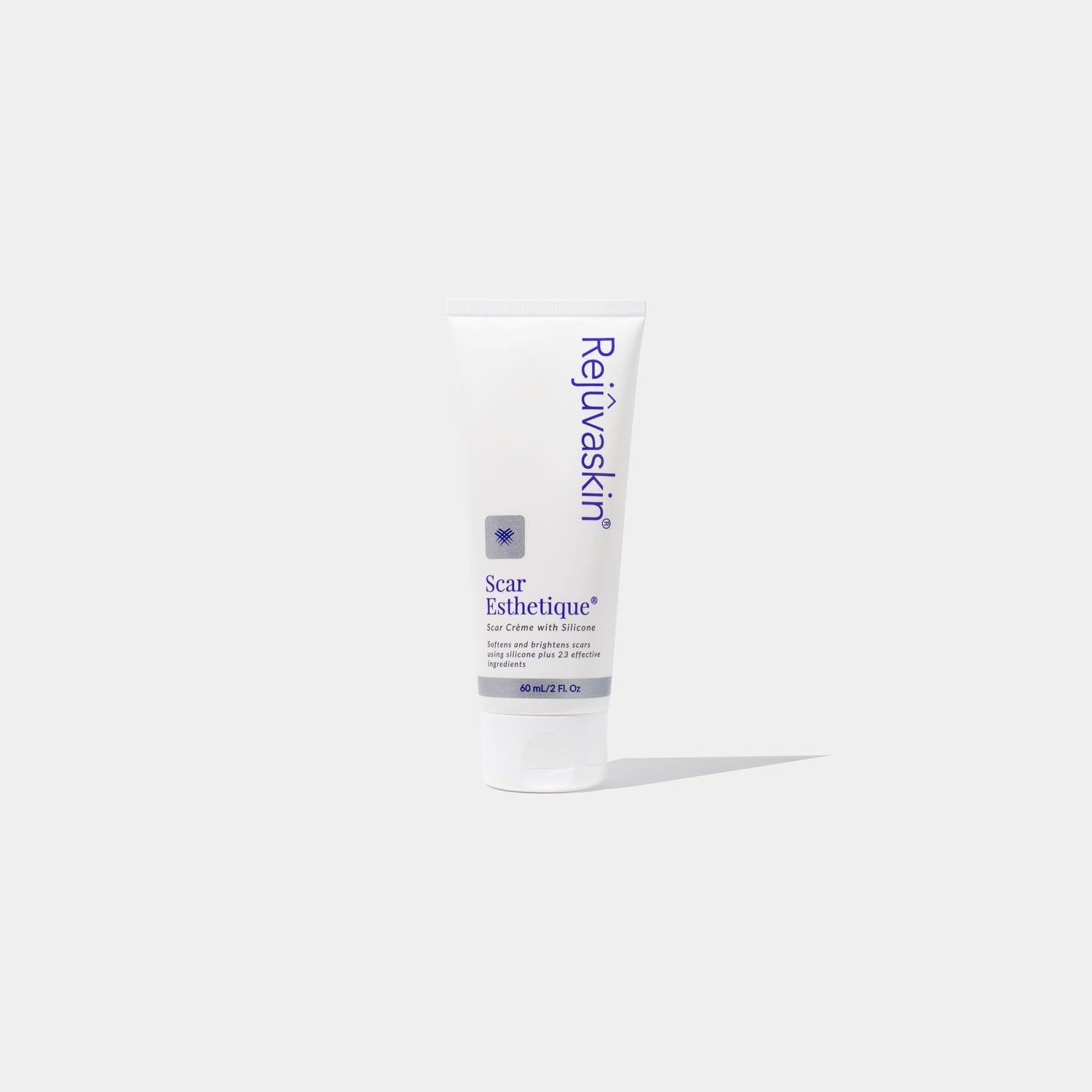
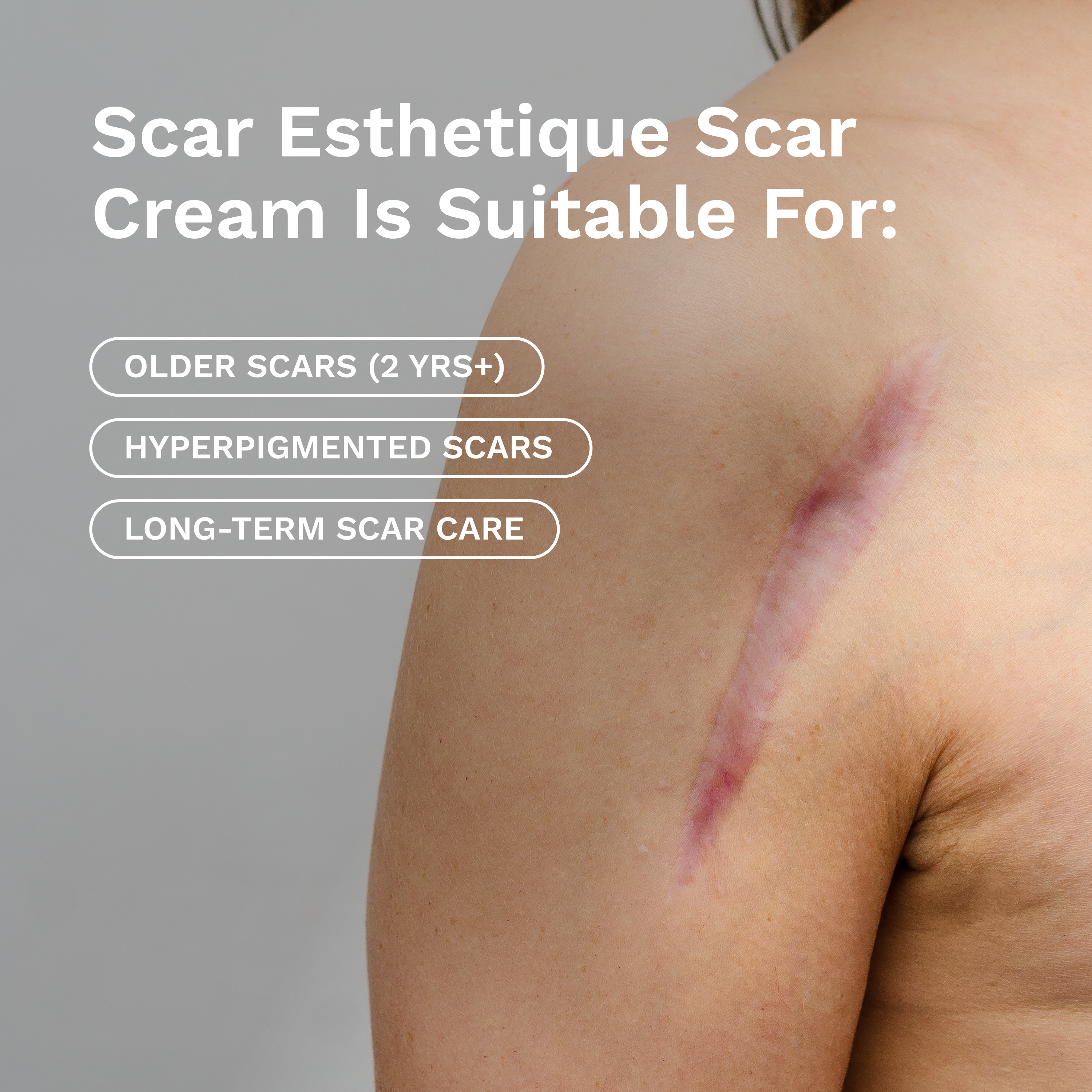








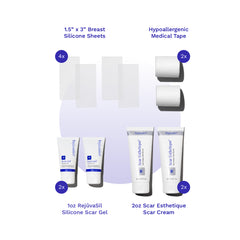
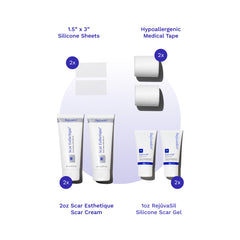

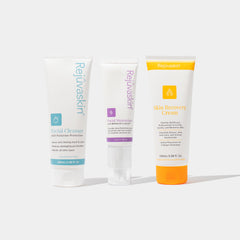

Leave a comment